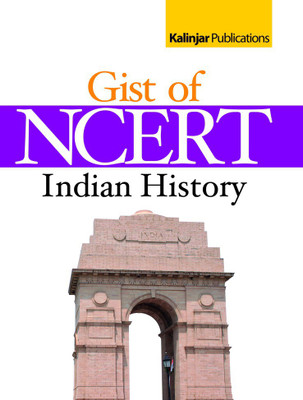Battle of Panipat
Panipat is a city in Haryana that holds significant historic importance. It is 90 kms north of Delhi. The three battles fought here were key milestones in modern Indian History. The city is also known as “City of Weavers” or “Textile City”. The reference of ‘Dharmakshetra’ in the first verse of Bhagwad Gita, can possibly be that to Panipat.
First Battle of Panipat – 21 April, 1526
- Fought between the Lodhi Empire and Babur. Babur was the invading force. This battle marked the start of the Mughal Rule in India
- Ibrahim Lodhi died on battlefield with 15000 of his troop. Vikramajit, the ruler of Gwalior, was also killed in the battle
- It was one of the first battle to include gunpowder firearms and field artillery
- Tactics used by Babur – tulghuma and araba.
Tulghuma – The entire army was divided into left, centre and right divisions. This way they could cover the opponent army from all directions. The left and the right division was further divided into forward and rear.
Araba – Araba is carts in rows tied to each other with animal skin ropes. These carts had cannons placed behind them supported by mantles. This was the cannons could be easily manoeuvred by the mantles that were on wheels.
- The cannons proved to be a major source of advantage to Babur. Lodhi lacked the artillery on battle field and the sound of the cannons frightened Lodhi’s elephants, who trampled their own army out of fear
Second Battle of Panipat – 5 November, 1556
- Fought between the Hindu ruler from North India Hemu and Akbar. This battle was in fact fought by Akbar’s generals – Bairam Khan and Khan Zaman on his behalf
- The battle was won by the forces of Akbar and Hemu was captured and eventully beheaded by Bairam Khan
- Hemu’s skull was sent to Kabul for display outside Delhi Darwaza.
- Mass execution of Hindus who were the followers of Hemu continued for many years.
- Akbar regained control over Delhi and Agra without much resistance
- In 8 years, Akbar captured all the territories till Bengal which were under the control of Hemu’s forces
Third Battle of Panipat – 14 January, 1761
- Fought between Afghan ruler Ahmad Shah Abdali supported by two Indian Muslim allies—the Rohilla Afghansof the Doab, and Shuja-ud-Daula, the Nawab of Awadh. and Marathas
- The war resulted in an Afghan victory over the Marathas
- Maratha victory has been accounted to the fact that they could not mobilize their allies – Rajputs and Sikhs.
- The battle a huge amount of casualties in both the camps with Ahmad Shah enjoying a short lived dominance in the North as only 10 years later Marathas would restore Mughal Emperor Shah Alam to the throne of Delhi in 1772
- Vishwarao and Sadhashivrao, son and brother respectively of Nanasaheb Peshwa were killed in the battle.
- Peshwa Balaji Baji Rao died a broken man due to the shock of the losses in Panipat
- The Afghans slaughtered 40,000 Maratha prisoners the day after the battle.
All the three battles of Panipat were defined the fate of India in years to come as the winner of these battles virtually ruled North India. These battles have gone down in folklore for the massive armies which fought in them as well as the atrocities committed on the losing side after the battles.
Previous article http://mba.webmaggu.com/blog/2016/06/23/law-commission-of-india/
| Books You Must Refer : History (Indian History and Indian National Movement): Essential : | |
| History of Modern India (English) 1st Edition |  |
| The Gist of NCERT History 1st Edition |  |
| Recommended Books from other sections | |












